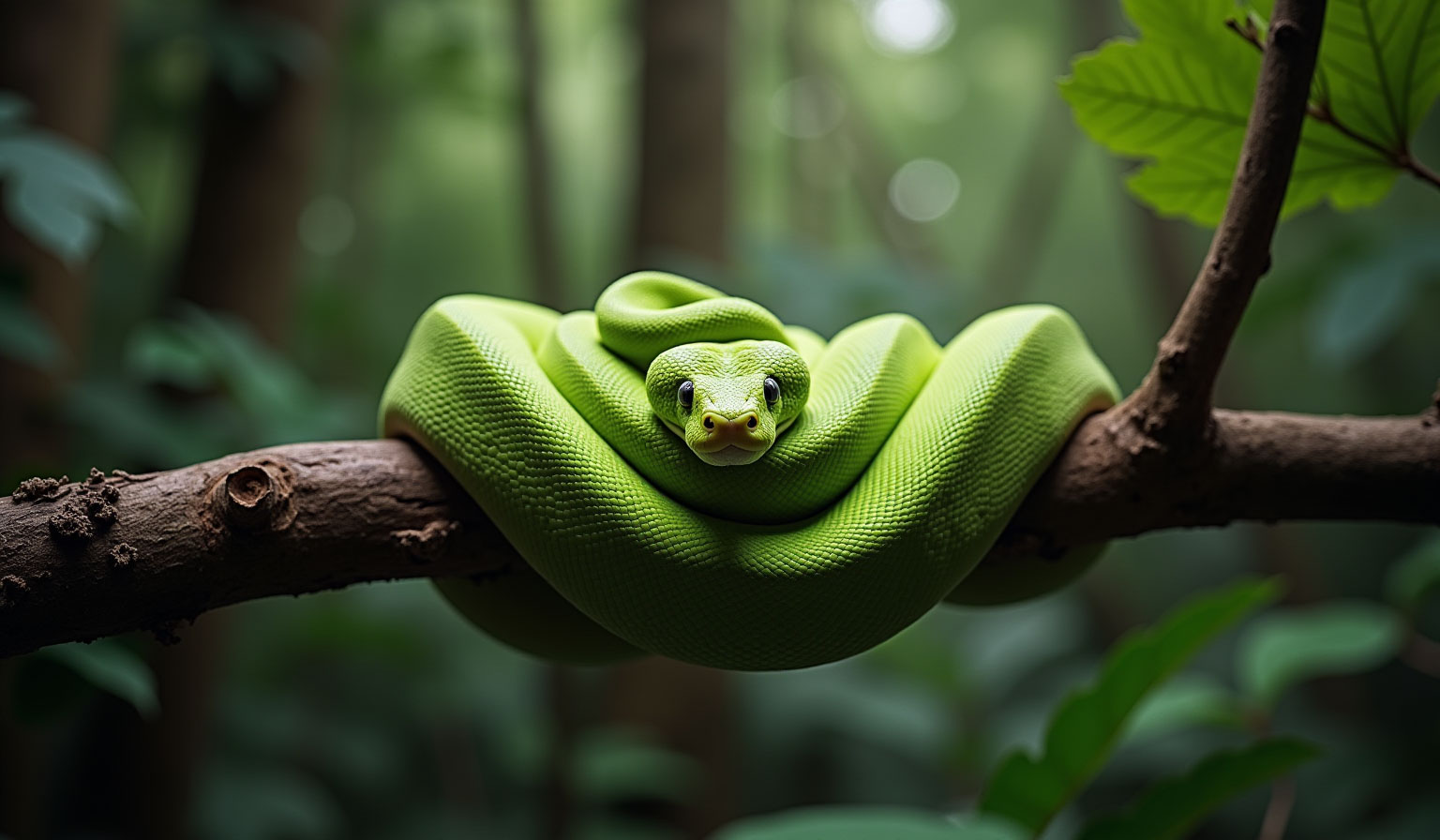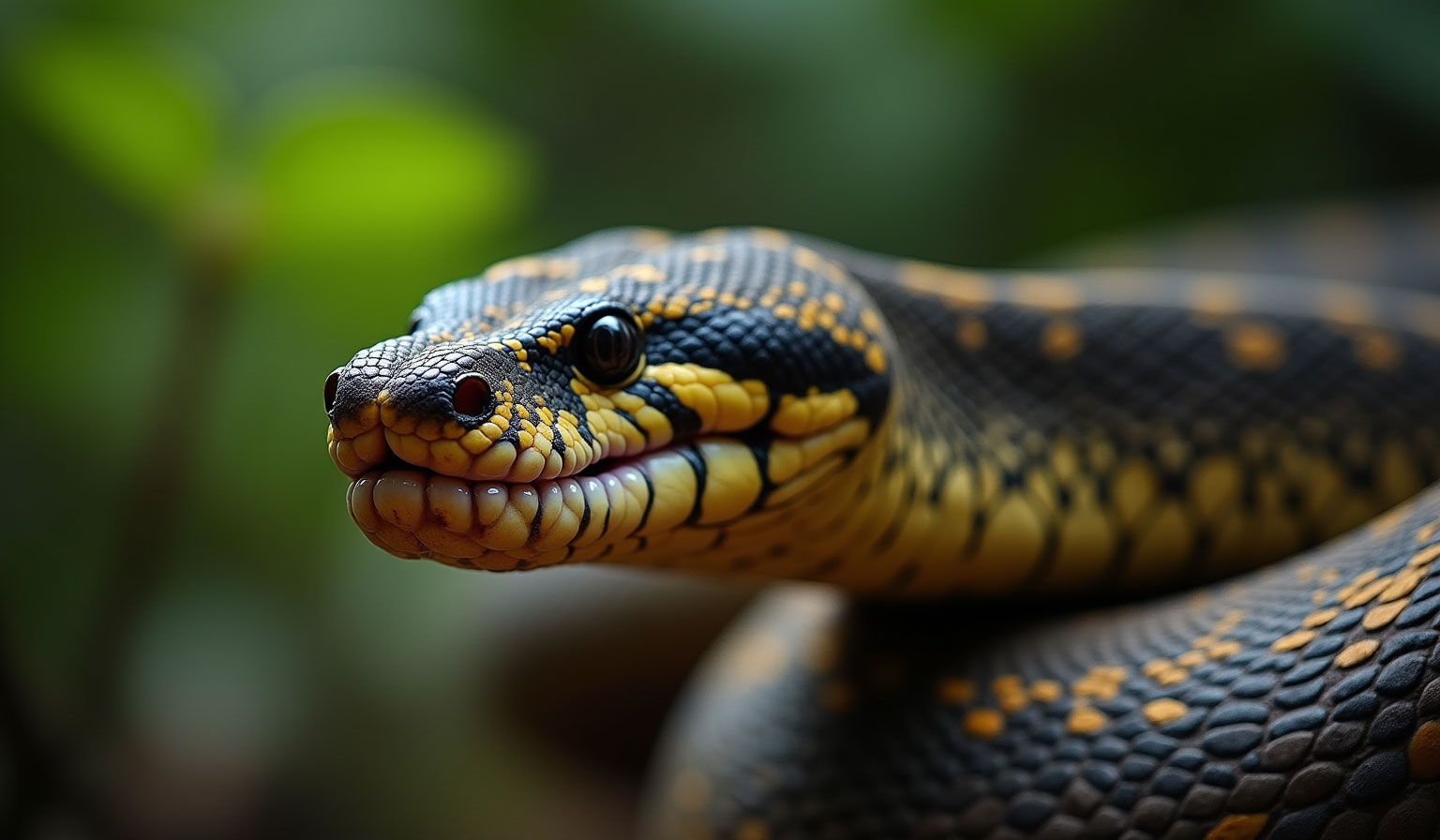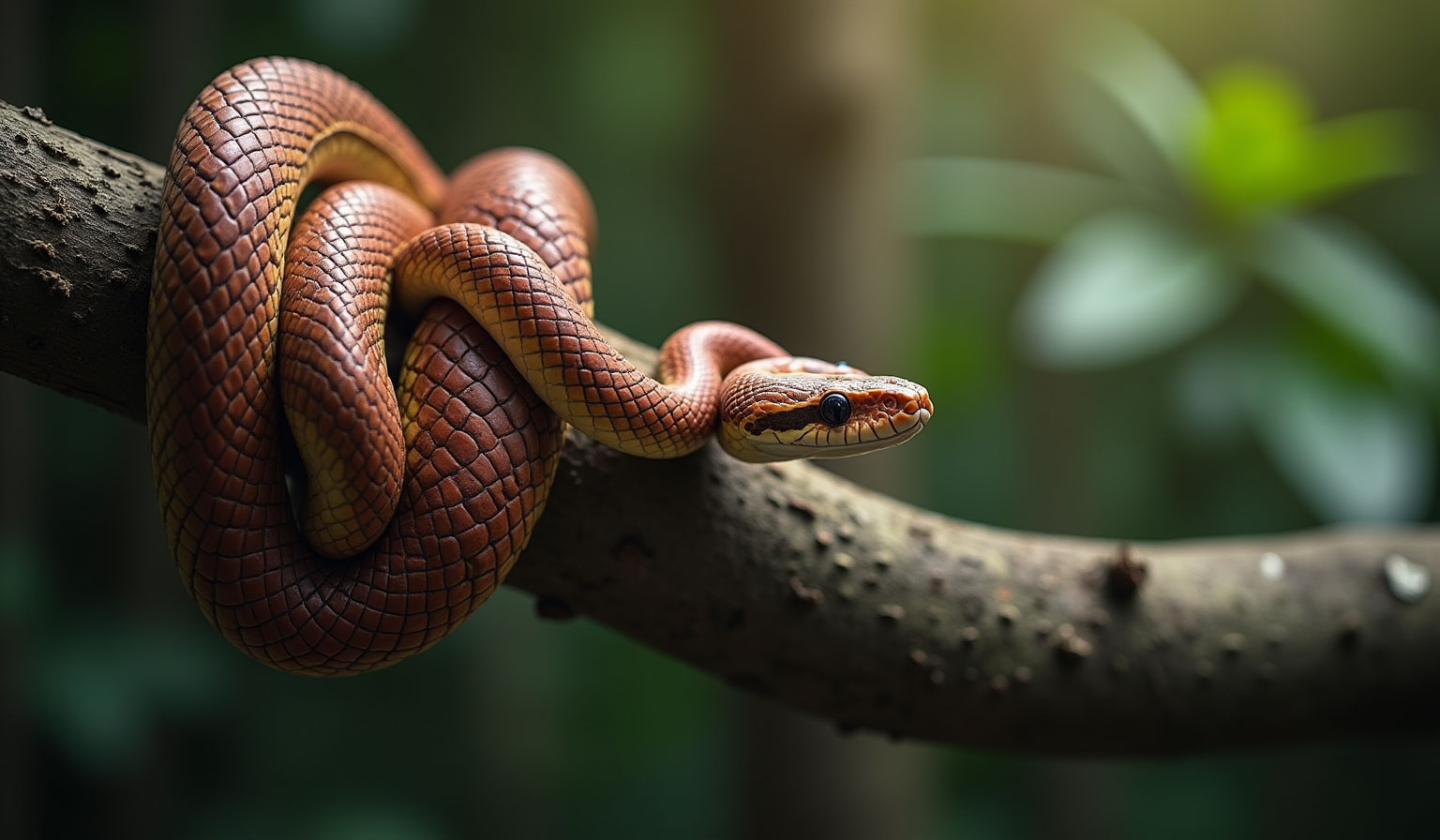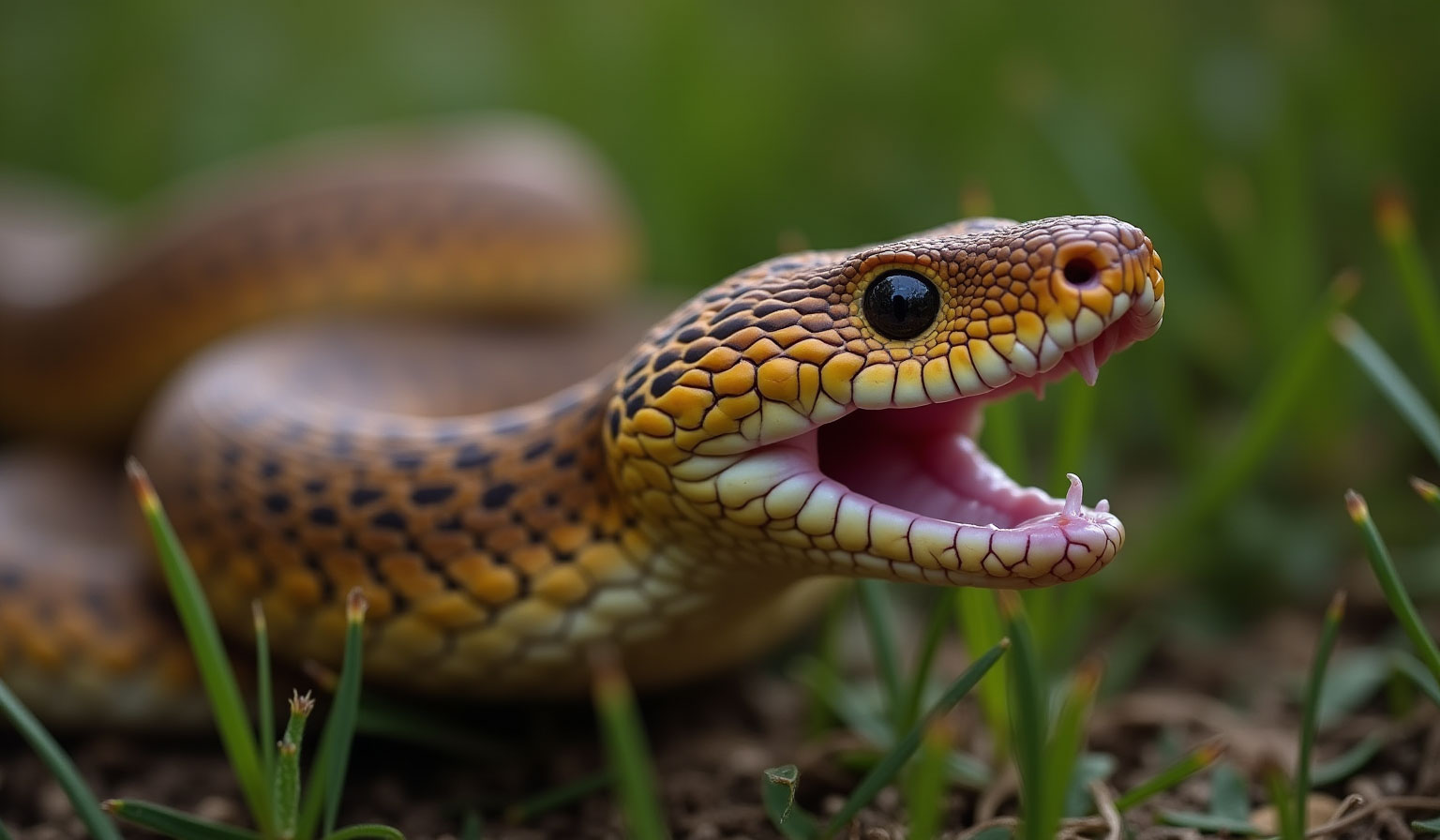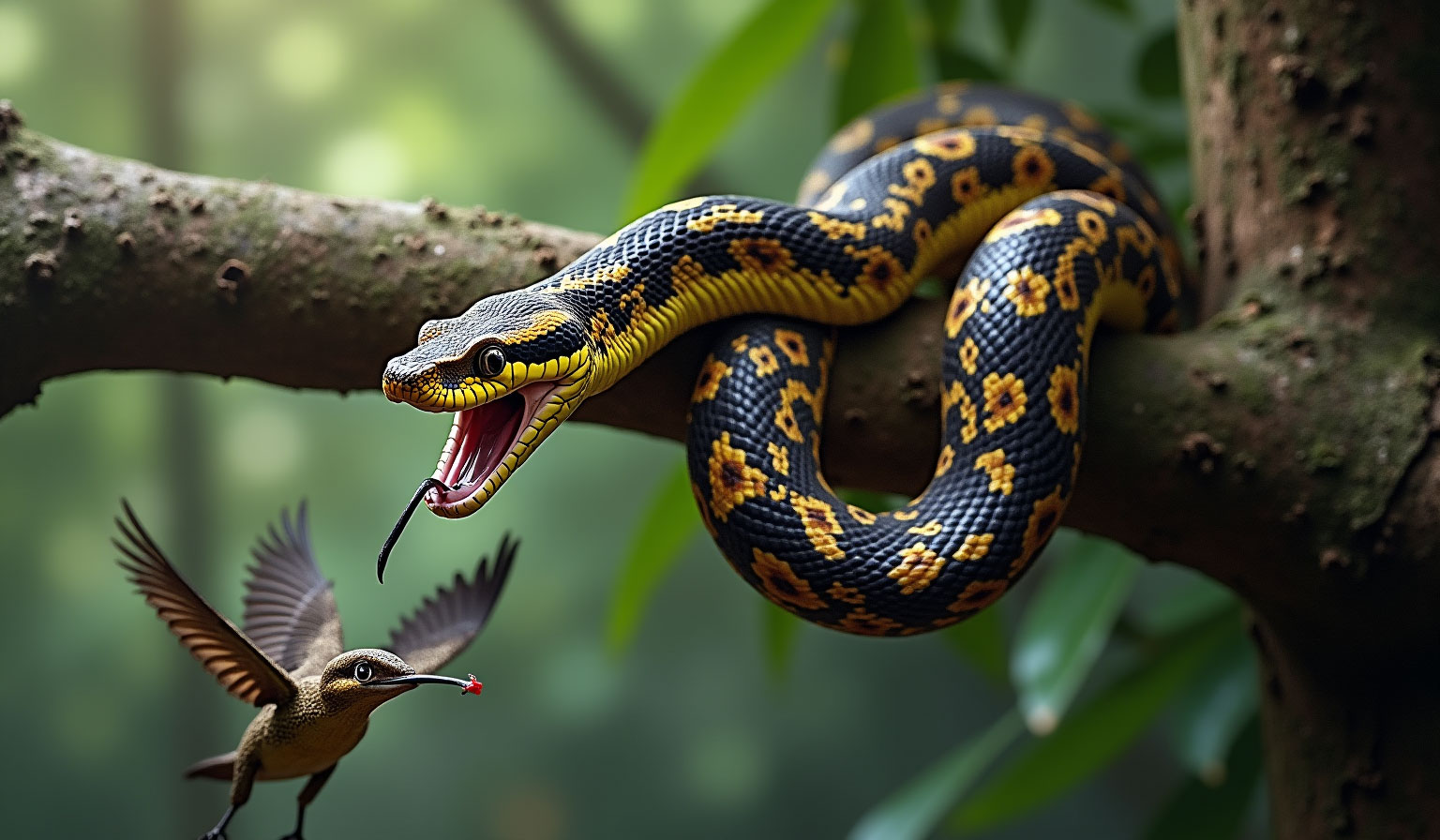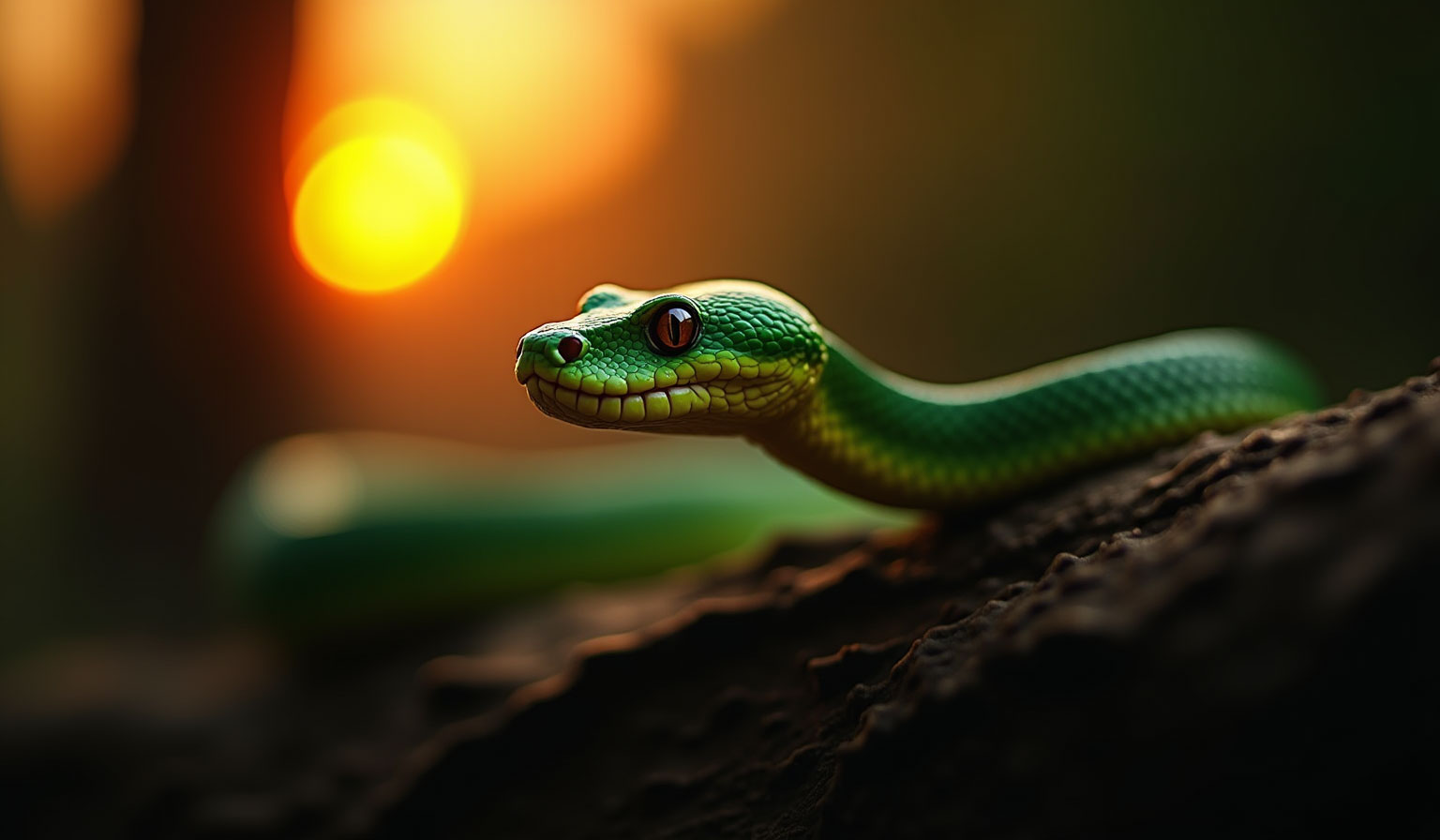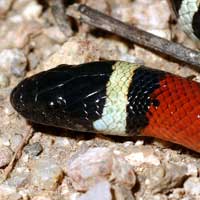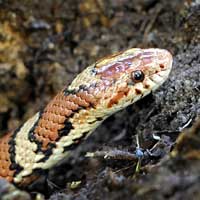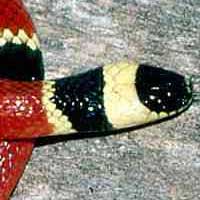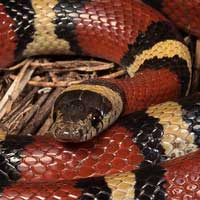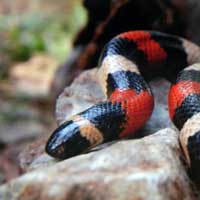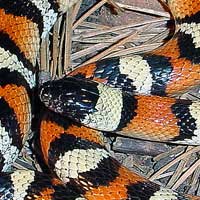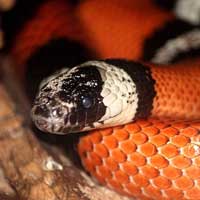Milk Snakes: A Comprehensive Guide to These Stunning Serpents
Milk Snakes belong to the Colubridae family, which is one of the largest snake families. Their scientific name is Lampropeltis triangulum. Let me know if you'd like to include this information in the article or need additional details!
Scientific Name: Lampropeltis triangulum
Snake Family: Colubridae
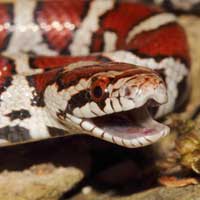
Introduction
Milk snakes are vibrant, non-venomous reptiles known for their red, black, and yellow or white banding, often mimicking venomous coral snakes as a defense. Found across North and Central America, they thrive in diverse environments like forests, grasslands, and farms. Their name comes from a myth about drinking cow’s milk, but in reality, they hunt rodents near barns.
These adaptable snakes, part of the kingsnake family, are popular pets due to their manageable size (24-36 inches) and calm temperament. In the wild, they help control rodent populations, playing an essential role in the ecosystem.
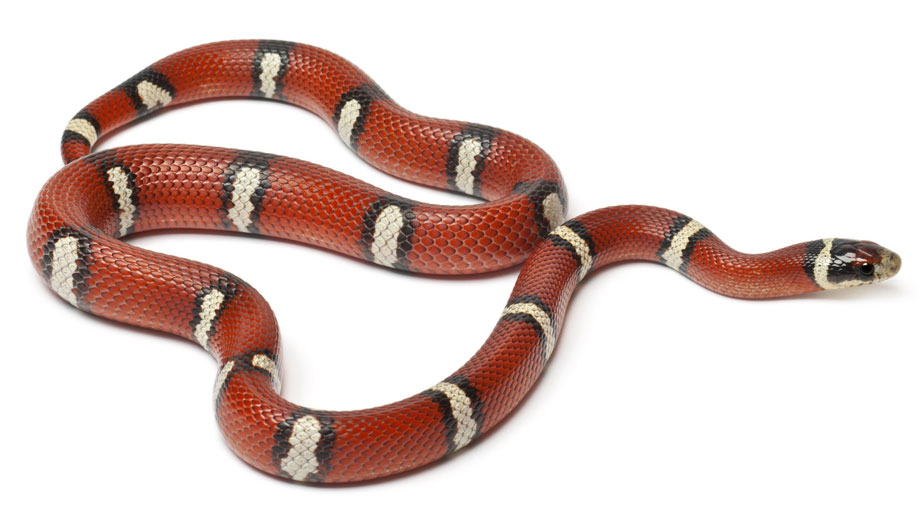
Milk Snakes Habitat: Where Do They Thrive?
Milk snakes are incredibly adaptable and can be found in a variety of habitats across North and Central America. From arid deserts to lush forests, these snakes have an impressive ability to thrive in diverse environments. Milk snakes prefer areas with plenty of cover, such as rocky outcrops, wooded areas, and even grasslands. They are also commonly found near farms and barns, which may have contributed to the myth that they drink milk from cows.
Quick overview of the common python species and their habitats:
| Feature | Description |
| Geographic Range | North and Central America |
| Preferred Environments | Rocky areas, forests, grasslands |
| Shelter | Logs, rocks, debris, underground |
| Climate Adaptability | Highly adaptable |
These snakes often seek shelter under logs, rocks, or debris to stay hidden from predators and to regulate their body temperature. In regions with harsh winters, milk snakes enter a hibernation-like state, in underground burrows or rock crevices. Their ability to adapt to different climates and terrains has made them a widespread species.
Milk Snake Diet and Feeding: What Do They Eat?
Milk snakes are carnivorous, with diets that vary depending on their size and habitat. They primarily consume small mammals, birds, and reptiles, including lizards and other snakes. Young milk snakes tend to eat smaller prey, such as insects and small amphibians.
These snakes are constrictors, meaning they coil around their prey and squeeze until it suffocates. This feeding method allows them to tackle prey larger than their own heads. Milk snakes are known for their opportunistic feeding habits, often taking advantage of whatever prey is abundant in their environment.
In captivity, milk snakes thrive on a diet of appropriately sized rodents, such as mice or rats. It is essential to ensure that their food is neither too large nor too small to maintain their health. Feeding schedules vary with age, with young snakes requiring more frequent meals than adults.
Milk Snake Behavior and Temperament: Gentle and Secretive
Milk snakes are generally docile and non-aggressive, making them a popular choice among reptile enthusiasts. In the wild, they are secretive and nocturnal, often staying hidden during the day to avoid predators. When threatened, milk snakes may mimic the behavior of venomous coral snakes by flattening their bodies, shaking their tails, or hissing.
Despite these defensive behaviors, milk snakes pose no threat to humans. In captivity, they adapt well and often become quite tolerant of handling with proper care. Consistent, gentle interaction can help them feel more comfortable around their keepers.
Milk Snake Health and Lifespan: Tips for Longevity
Milk snakes are generally hardy reptiles with few health issues when kept in proper conditions. Common health concerns include respiratory infections, parasitic infestations, and scale rot, often caused by improper humidity or unsanitary living conditions.
To ensure a long and healthy life, milk snakes require a well-maintained enclosure with controlled temperature and humidity levels. Regular veterinary check-ups and a balanced diet also play crucial roles in their overall health.
Milk snakes have an average lifespan of 12-20 years in captivity, with some living even longer with exceptional care. Their longevity is one of the reasons they are so beloved by snake enthusiasts.
Milk Snake Reproduction: A Look at Their Breeding Habits
Milk snakes are oviparous, meaning they lay eggs rather than giving live birth. Mating typically occurs in the spring, with females laying clutches of 6-20 eggs in the summer. The eggs are deposited in warm, moist locations, such as under logs or in leaf litter, to ensure proper incubation.
Eggs hatch after an incubation period of about 40-70 days, depending on temperature conditions. Hatchlings are fully independent from birth and measure approximately 6-10 inches in length. They grow rapidly during their first year, shedding frequently as they develop.
Milk Snake Handling and Care: Best Practices for Owners
Handling milk snakes requires a gentle and patient approach. New owners should allow their snakes time to acclimate to their surroundings before attempting regular handling. Frequent handling sessions can help build trust and reduce stress.
Milk snakes require an enclosure that mimics their natural habitat. This includes a secure tank with appropriate substrate, hiding spots, and temperature gradients. A basking area with a heat source and a cooler zone should be provided to allow thermoregulation. Humidity levels should be monitored and maintained within the recommended range for the species.
